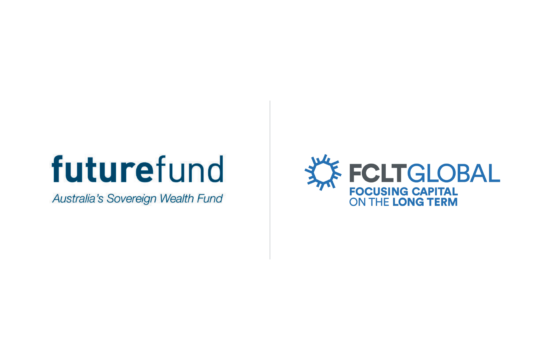
Insights from an executive roundtable with Future Fund and FCLTGlobal

Insights from an executive roundtable with Future Fund and FCLTGlobal
On 14 March 2025, the Future Fund and FCLTGlobal gathered with executives representing Australian asset owners, asset managers, and companies to discuss the dynamics between public and private markets.
The discussion on private versus public markets has gained momentum, prompting questions about whether the changes we have seen are structural or merely cyclical in nature. However, before we can answer that question, it is essential to understand these changes and how we arrived at this point.
At the forum, certain Australian investors noted that three developments have impacted the behavior of issuers, investors, and banks:
It is against this backdrop that the group felt the discussion between public and private markets must be held. The two markets offer unique features:
Given this context, what then triggers the current discussion? The gathering agreed with the broad observation that the number of listings on public markets is trending downward and that corporates are less inclined to pursue an IPO, in part due to the increasing administrative burdens placed on listed companies. At the same time, Australian investors also noted that the size of private markets continues to grow, and funding requirements can easily be met due to the growth in assets.
Some of the Australian investors present expressed concerns about the volatility in public markets and the fact that strong performance is dominated by a limited number of stocks. Private markets, by comparison, offer ample investment opportunities and ways to diversify their portfolio risk, as well as reduced volatility. While liquidity, in terms of the ability to trade positions, is limited in private markets, this is less of a problem for long-term investors.
So, is this development in public versus private markets structural or cyclical?
The discussion centered on valuations as one of the primary drivers of the disconnect between public and private markets, highlighting the distinct approaches required to determine a price for any given asset in each market. Some investors present were critical of the current valuation practices employed within private markets, noting that price discovery is significantly different between the two markets, largely due to the lack of transparency in private markets. In some opinions, what remains consistent between the two markets is the value of a company being determined by all the decisions made by management, owners, and boards.
The group believed that many expected characteristics of today’s public and private markets can be defined cyclically:
Members of the group also noted that some structural factors are, however, expected to continue:
As such, public and private markets can easily co-exist, offering opportunities for investors and issuers alike.
Looking forward, to what extent will the two markets remain complementary or overlap due to future developments? The gathering explored whether three developments might lead to an overlapping situation:
While much is believed about the evolving dynamics between public and private markets, several big questions remain:
This issue is also top of mind for regulatory bodies around the world. In the Australian context, Australia’s markets and financial services regulator, ASIC, has released a discussion paper on the dynamics between the public and private markets and is seeking industry insights on the opportunities and risks emerging from the shifts between these two markets. ASIC has stated how both markets are critical for the Australian economy.
In February 2025, acting SEC Chair Mark Uyeda endorsed the view of private markets that investors can assess risks for themselves and that SEC regulations should not have the effect of depriving investors of the opportunity to accumulate wealth and diversify their portfolios through investments in private companies and private funds, and of public markets that IPOs need to be made more attractive. And in 2024, ESMA published 20 recommendations to build more effective and attractive capital markets, among them recommendations related to institutional and retail private capital.
How will geopolitics change the landscape for fundraising, investing, and economic growth? As geopolitics evolve and domestic markets strive to remain or become competitive destinations for long-term capital, capital will be sourced from wherever it is most cost-effective.

Report
6 March 2025 - At FCLT Summit 2025, business and investment leaders developed practical solutions for creating long-term value amid unprecedented structural shifts in global capital markets.

Policy and Geopolitics | Article
27 January 2025 - On 21 January, FCLTGlobal convened its annual Davos CEO Roundtable for leaders from across industries to discuss how Europe has real opportunities for appreciation if policymakers can unleash its strengths.

Investor-Corporate Engagement | Report
18 December 2024 - A well-functioning proxy voting system is critical to support effective capital allocation and participation in the public markets. This report examines the factors that have led to the current situation and broaches potential solutions to build a stronger system.